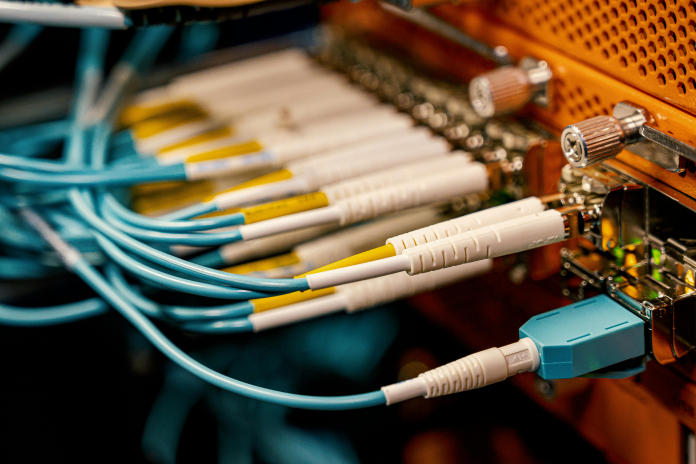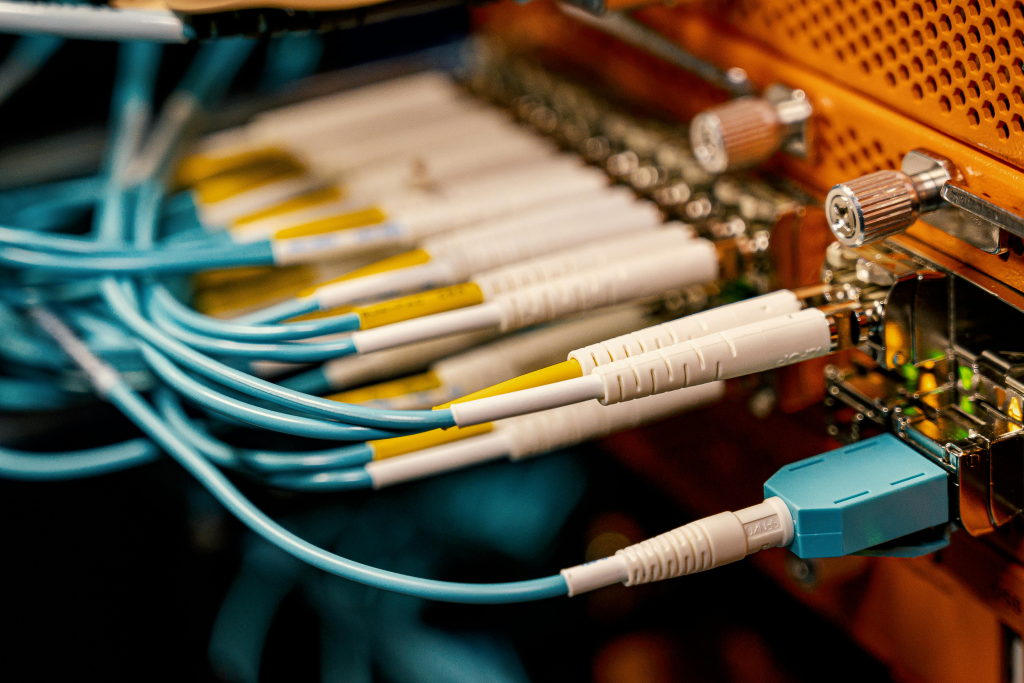
Not every day does the internet cable of a police station turn into a front-line seismic observatory. But in 2024, when the magnitude 7 Mendocino Fault earthquake ruptured offshore, a pulse of laser light speeding down a coastal fiber-optic cable recorded its ugly march in unprecedented resolution. This was distributed acoustic sensing (DAS) at work converting routine telecom infrastructure into an ultradense seismic array to image rupture physics at the speed of light.
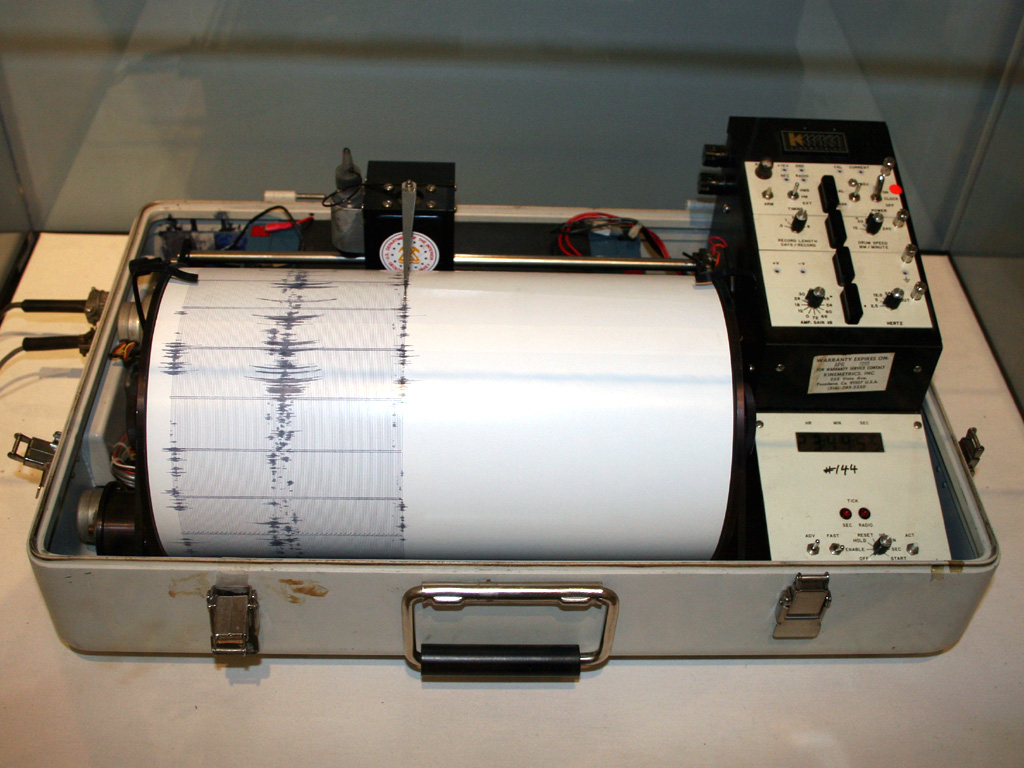
1. Converting Telecom Fibers into Seismometers
DAS functions by directing coherent laser pulses into optical fibers and recording the phase and amplitude variations of the backscattered light. Microscopic strain in the glass produced by seismic waves distorts the light properties. Every imperfection along the fiber is a sensing point, so one 15-kilometer cable will produce thousands of virtual seismometers. In Arcata, California, USA. Geological Survey put a DAS interrogator onto an internet connection of a police station, allowing constant monitoring without interfering with data traffic.
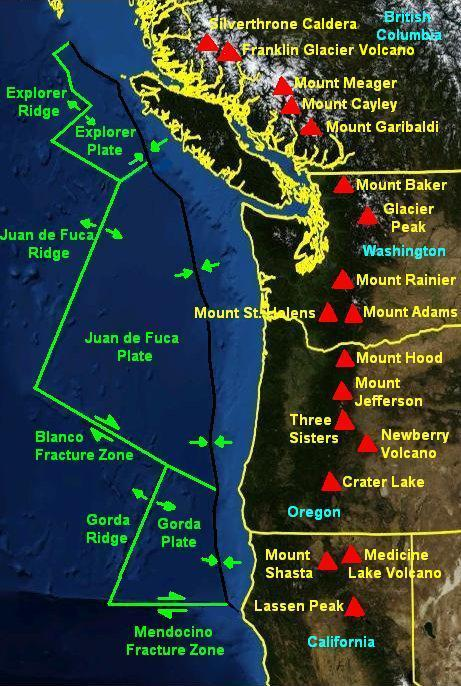
2. Imaging the Mendocino Rupture in Real Time
When the quake struck, beamforming analysis of P-wave arrivals revealed a complex rupture path. Eight seconds in, the fault slowed near the structurally intricate Mendocino Triple Junction, then accelerated to supershear velocity fracturing faster than seismic waves could travel. “It’s akin to a fighter jet exceeding the speed of sound,” said James Atterholt, the study’s lead author. This ultrafast transition was captured second-by-second, a feat impossible with conventional seismometer spacing offshore.
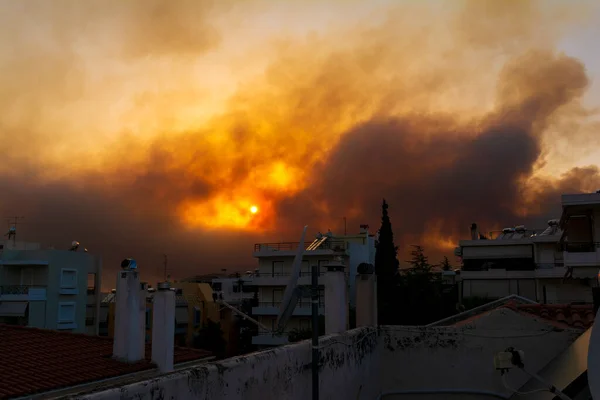
3. Supershear Dynamics and Hazard Implications
Supershear ruptures may enhance shaking in specific directions through Mach fronts, which modify hazard profiles. The velocity jump of the Mendocino event illustrates how lithospheric heterogeneity fault bends, junctions, and material contrasts may dictate rupture speed. Such detailed observations are critical to improve ground-motion prediction models such as ShakeAlert®, which rely on precise early characterization of rupture parameters.
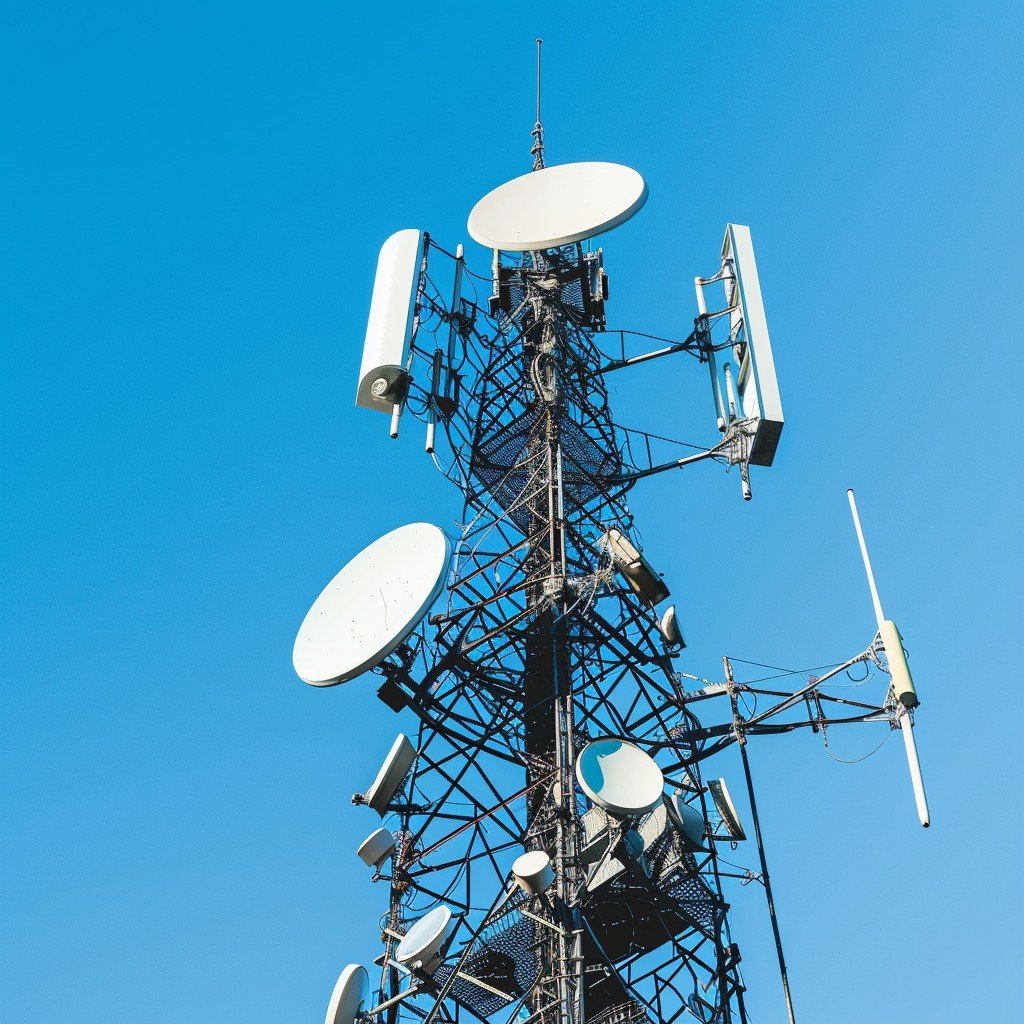
4. Expanding Seismic Coverage via Telecom Networks
Classic offshore seismic arrays are expensive and few. DAS provides a low-cost option through piggybacking on existing telecom infrastructure, such as “dark” unused fibers. According to Emily Brodsky of UC Santa Cruz, “Earthquake early warning could be dramatically improved tomorrow” if researchers are able to broadly access these networks. The problem is not engineering but negotiating data-sharing arrangements with providers concerned about asset tampering or security threats.
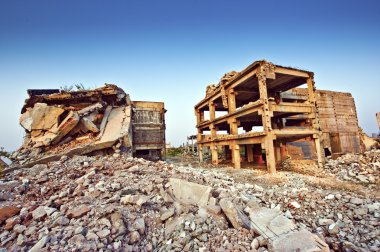
5. Discovering Elusive Slow-Slip Events
In addition to rapid ruptures, DAS may transform observation of slow-slip events (SSEs) aseismic fault slip over the course of days to months. Earthquake research globally during SSEs indicates rates of earthquakes increase by roughly 24%, but evidence is rare, particularly offshore. Steady DAS observations might observe such faint indicators in subduction zones, making it possible to verify whether they portend future megathrust earthquakes.
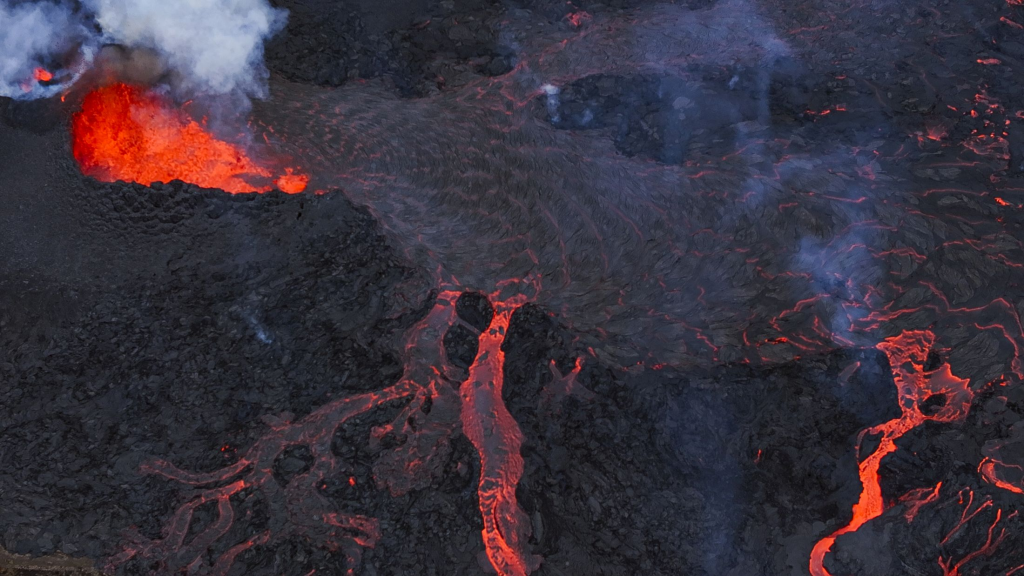
6. Offshore and Suboceanic Engineering Challenges
Existing DAS deployments are restricted to ~90 miles offshore because of signal attenuation. Extended reach would demand advanced repeaters, backscatter-optimized fibers, and marine-condition-proof interrogators. Insights from volcanic monitoring in Iceland where DAS monitored magma intrusions and facilitated 30-minute eruption alerts demonstrate that environmental noise can be alleviated by low-frequency DAS (LFDAS) filtering and geodetic inversion methods.
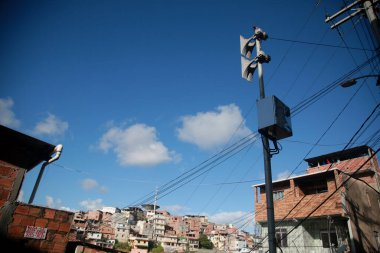
7. Integrating DAS into Early Warning Systems
In order to be useful for operational alerts,
data must be integrated quickly into a system such as ShakeAlert®. Real-time beamforming, rupture inversion, and calibration to conventional seismic sensors are all part of this process. Second-by-second rupture location in the Mendocino study shows feasibility but will need automated processing routines and cloud storage at the continental network level to process terabytes of continuous strain data.
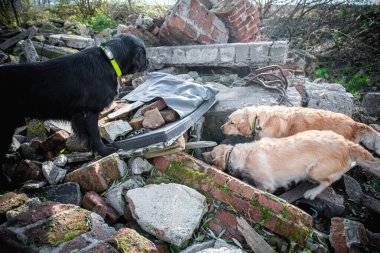
8. From Research to Public Safety
The public safety implications are obvious: tighter coverage provides quicker, more precise alerts, and improved hazard maps. DAS would be able to cover “blind spots” offshore, where megathrusts tend to have their epicenters. Closing these gaps, as Brodsky and Ruiz contended, is critical to getting ready for the next megathrust event. The Mendocino experiment indicates that with good partnerships, existing fiber-optic cables could become a worldwide seismic nervous system.
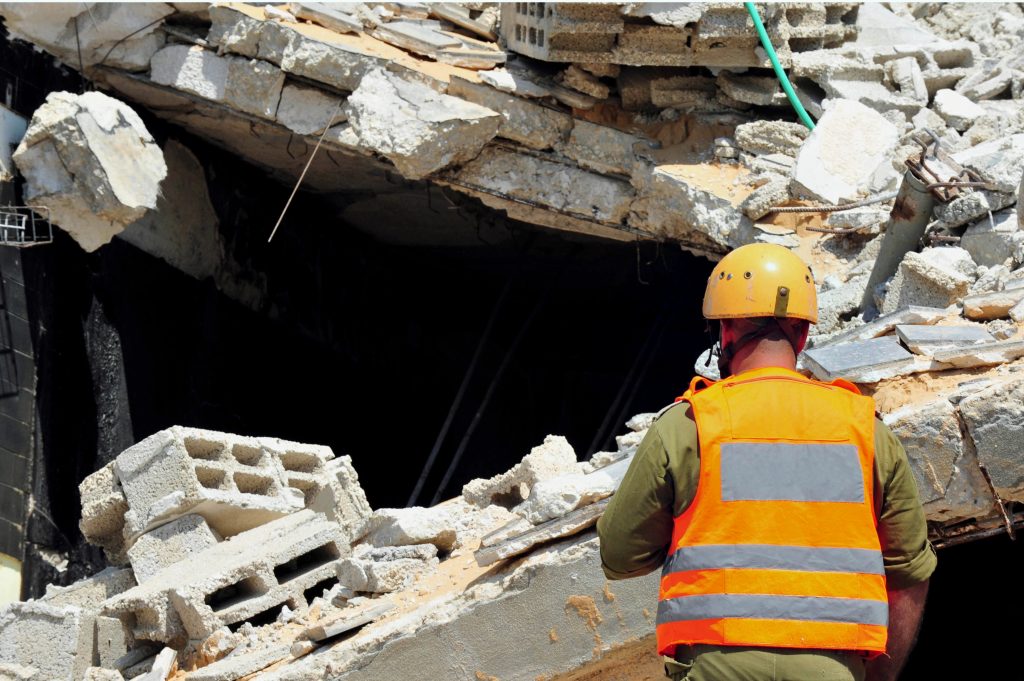
By recording the drama of a supershear rupture at high speed and the faint whispers of slow-slip movement, DAS is revolutionizing what is possible in earthquake monitoring. The glass fibers transmitting our voice may soon transmit the first alerts of the Earth’s strongest shakes.
